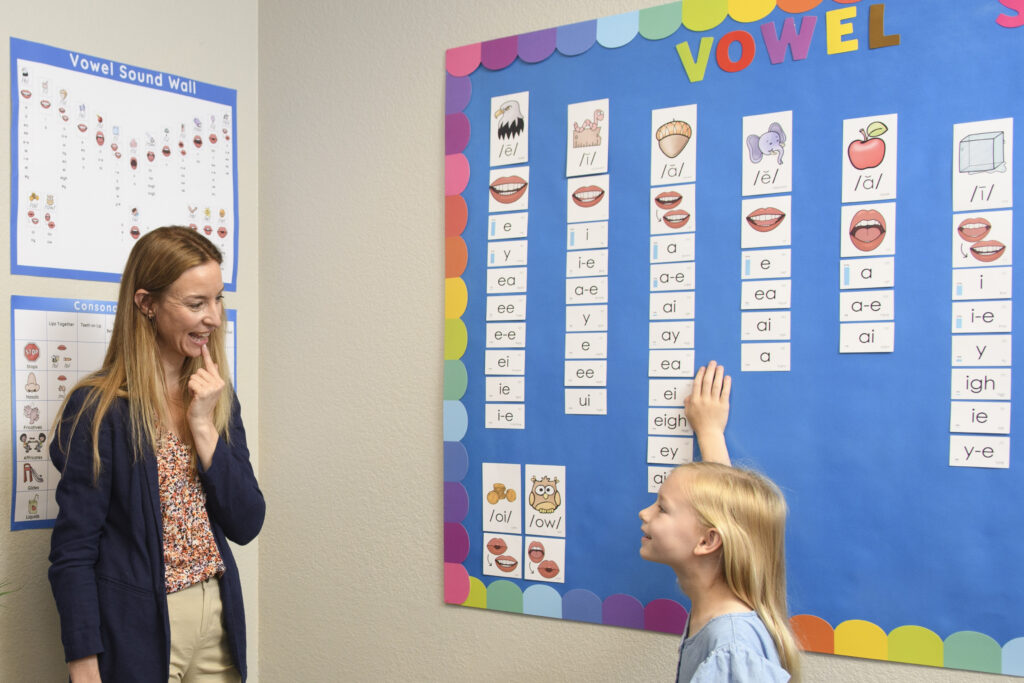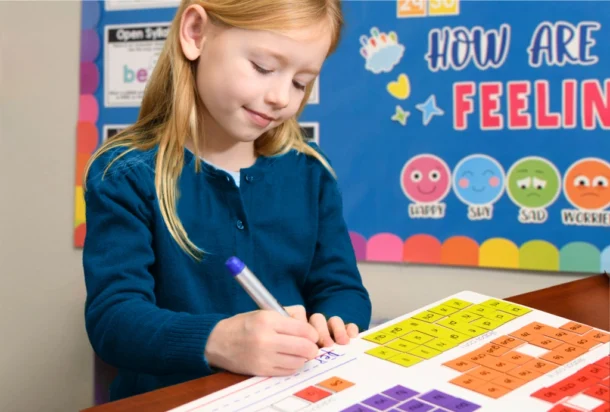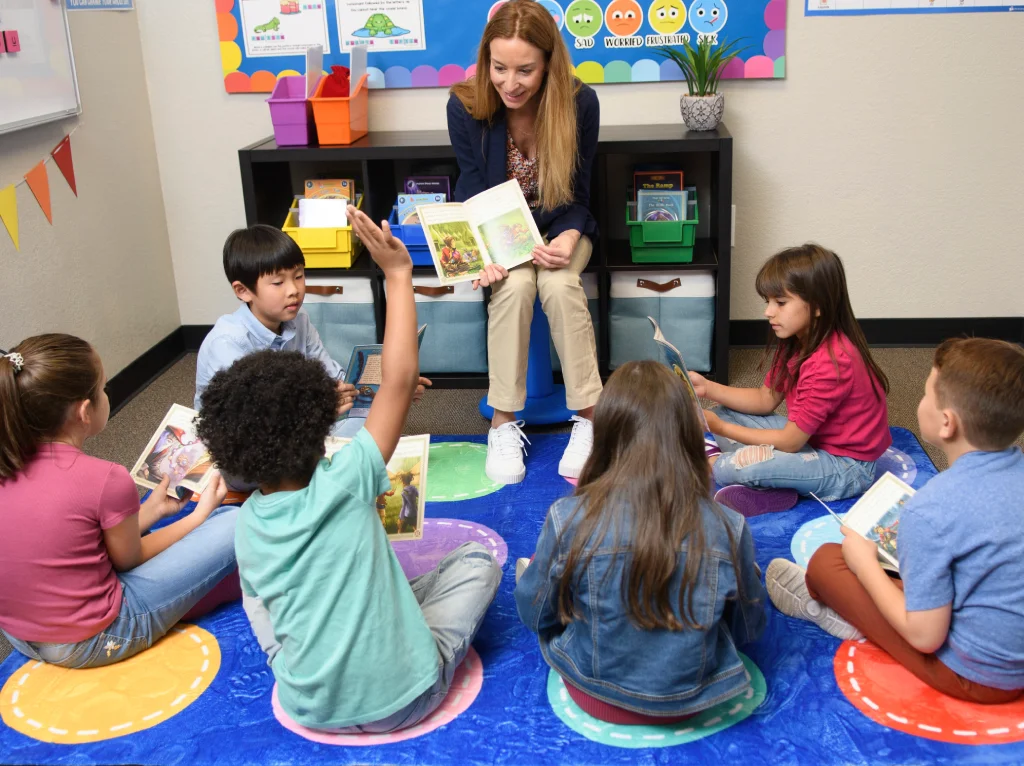Interactive reading activities are essential because they transform passive learning into an active experience. Active engagement in learning processes has been shown to improve retention rates and comprehension levels significantly. Students are more likely to remember and understand what they read when they actively participate in the learning process. By involving students in interactive tasks, educators can help them develop a sense of ownership over their learning journey.
These activities foster critical thinking, collaboration, and creativity, all of which contribute to a deeper understanding of the text. By encouraging students to think critically, educators help them analyze and interpret texts more thoroughly. Collaboration through group activities enhances communication skills and exposes students to diverse perspectives, enriching their understanding of different viewpoints. Moreover, creativity in reading exercises allows students to explore texts in imaginative ways, making learning enjoyable and effective.
Fun Reading Exercises for the Classroom
1. Reading Circles
Reading circles encourage students to discuss a book or article in small groups. This collaborative setting allows students to engage in meaningful discussions, enhancing their comprehension through peer interaction. Each student takes on a specific role, such as the discussion leader, summarizer, or questioner. These roles ensure structured participation and accountability, motivating students to prepare and contribute actively.
This structure ensures that every student contributes to the conversation and listens to their peers’ perspectives. By rotating roles, students develop a range of skills, from leadership to critical questioning. Reading circles also create a supportive environment where students feel comfortable sharing their thoughts, leading to richer discussions and deeper insights into the material.
2. Story Mapping
Story mapping helps students visually organize the elements of a story, such as characters, setting, plot, and resolution. This visual tool serves as a roadmap, guiding students through the narrative structure and highlighting key elements. By creating a visual representation, students can better understand the narrative structure and key events, which aids in comprehension and retention.
Visual aids like story maps cater to visual learners, making abstract concepts more tangible. As students map out stories, they learn to identify important details and relationships between different story elements, which enhances their analytical skills. Additionally, story mapping encourages creativity, as students can personalize their maps with illustrations and annotations, deepening their connection to the text.
3. Role-Playing
Role-playing activities allow students to step into the shoes of characters from a story. This immersive approach encourages students to explore character dynamics and gain insights into their motivations and behaviors. By acting out scenes, students can explore character motivations and emotions, leading to a deeper understanding of the text. This method also encourages empathy and perspective-taking.
Through role-playing, students develop a more nuanced understanding of narrative elements and character interactions. It also builds confidence in public speaking and performance, skills that are valuable beyond the classroom. Role-playing sessions can be adapted for various texts and themes, making them versatile tools for enhancing comprehension and engagement.
4. Literature Circles
Similar to reading circles, literature circles involve students reading and discussing a book in small groups. However, literature circles are more student-driven, allowing them to choose the books they want to read and the roles they wish to undertake. This autonomy fosters a love for reading and boosts engagement. Students become more invested in their learning when they have a say in what and how they read.
Literature circles promote independence and self-directed learning, as students manage their discussions and schedules. This format encourages students to take responsibility for their learning, fostering accountability and discipline. Additionally, literature circles can be tailored to accommodate different interests and reading levels, ensuring that all students remain motivated and challenged.

Interactive Reading Games
1. Vocabulary Bingo
Vocabulary Bingo is a fun way to reinforce new words and their meanings. This game combines learning with entertainment, making vocabulary acquisition an enjoyable process. Create bingo cards with vocabulary words and their definitions. As you read a story, call out words and have students mark them on their cards. The first student to get a bingo wins!
This activity not only enhances vocabulary but also sharpens listening skills as students must pay attention to the words being called out. The competitive element adds excitement, motivating students to learn and remember new words. Vocabulary Bingo can be adapted for various reading levels and topics, making it a versatile tool for language development.
2. Jeopardy-Style Quiz
Create a Jeopardy-style quiz with categories based on the reading material. This game format brings an element of fun and challenge to the classroom, promoting active participation. Students can compete in teams to answer questions related to the text. This game format encourages friendly competition while reinforcing comprehension and retention.
Jeopardy-style quizzes test students’ knowledge in a dynamic way, encouraging quick thinking and teamwork. They also allow educators to assess students’ understanding of key concepts and identify areas that need further exploration. By rotating quiz topics and difficulty levels, educators can keep the activity fresh and engaging for all students.
Technology-Based Reading Activities
1. Interactive eBooks
Interactive eBooks offer multimedia elements such as audio, video, and interactive quizzes that enhance the reading experience. These features cater to auditory and visual learners, providing multiple ways to engage with the content. These features can help students better understand complex concepts and keep them engaged with the material.
Interactive eBooks also allow for self-paced learning, giving students the flexibility to explore content at their own speed. The multimedia elements can clarify difficult passages and provide additional context, making complex texts more accessible. As technology continues to evolve, interactive eBooks represent a powerful tool for modernizing reading instruction and expanding its reach.
2. Online Discussion Boards
Online discussion boards provide a platform for students to discuss their readings outside of class. This digital space extends learning beyond the classroom, encouraging ongoing reflection and dialogue. They can post questions, share insights, and respond to their classmates’ thoughts. This ongoing dialogue deepens comprehension and encourages critical thinking.
By participating in online discussions, students can develop their writing and communication skills in a supportive environment. It also promotes digital literacy, as students learn to navigate online platforms and engage respectfully in discussions. Online discussion boards offer a flexible, accessible way to foster community and collaboration among students.
Creative Approaches to Reading Comprehension
1. Artistic Interpretations
Encourage students to express their understanding of a text through art. This creative outlet allows students to interpret the material in personal and imaginative ways. They can draw scenes, create storyboards, or design book covers. This activity allows students to interpret the material creatively and solidify their comprehension.
Artistic interpretations foster creativity and provide a means for students who may struggle with traditional assessments to demonstrate their understanding. This approach also encourages students to think about texts from different angles, leading to more comprehensive analyses. By integrating art into reading comprehension, educators can create a more inclusive and engaging learning environment.
2. Writing Alternate Endings
Have students write alternate endings to stories they read. This exercise requires them to analyze the text, understand character motivations, and think critically about plot development. Crafting new endings challenges students to apply their understanding creatively and consider different narrative possibilities. It also provides an opportunity for creative expression.
Writing alternate endings encourages students to explore “what if” scenarios, which can lead to deeper insights into the original story. This activity also enhances writing skills, as students practice crafting coherent and compelling narratives. By reimagining story conclusions, students can develop a more nuanced appreciation for storytelling elements and techniques.

Group-Based Reading Activities
1. Jigsaw Reading
In jigsaw reading, students are divided into groups, and each group is assigned a different section of the text. This method encourages collaborative learning and allows students to become experts in their assigned sections. After reading their section, they regroup to share their findings with their peers. This collaborative approach ensures that students learn from one another and piece together the entire story.
Jigsaw reading promotes accountability, as each student’s contribution is vital to the group’s success. It also enhances listening and summarizing skills, as students must convey key information clearly and concisely. By relying on each other to complete the puzzle of understanding, students develop trust and teamwork skills crucial for academic and personal growth.
2. Peer Teaching
Peer teaching involves students teaching a reading concept or summarizing a text to their classmates. This activity reinforces their understanding and boosts confidence as they articulate their knowledge to others. Teaching others requires students to clarify their own understanding, leading to deeper comprehension.
Peer teaching fosters a sense of community and encourages students to support each other’s learning journeys. It also develops communication and leadership skills, as students take on the role of educators. By empowering students to become teachers, educators can create a dynamic classroom environment where knowledge is actively shared and celebrated.
Final Thoughts
Improving reading comprehension doesn’t have to be a daunting task. By incorporating interactive and fun activities into the classroom, educators can create an engaging learning environment that fosters a love for reading. These activities not only enhance comprehension but also develop critical thinking, collaboration, and creativity in students. In a world where information is abundant, these skills are crucial for navigating and understanding complex texts.
So, why not give these interactive reading exercises a try and see the positive impact they can have on your students’ reading skills? By embracing diverse teaching methods, educators can inspire students to become lifelong readers and learners. The journey to better reading comprehension is paved with creativity, collaboration, and a commitment to making learning enjoyable and meaningful for every student.
Contact PDX Reading Specialist for a Comprehensive Assessment
Are you looking to enhance your students’ reading comprehension skills? Contact the PDX Reading Specialist today for a comprehensive assessment tailored to your classroom needs. Our expert team is dedicated to providing personalized strategies and resources that will help your students thrive in their reading journey. Don’t miss the opportunity to transform your classroom into an engaging learning environment! Reach out now to get started!


